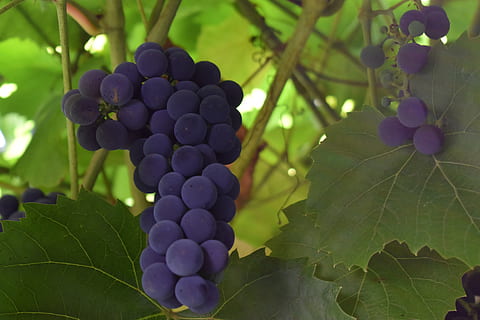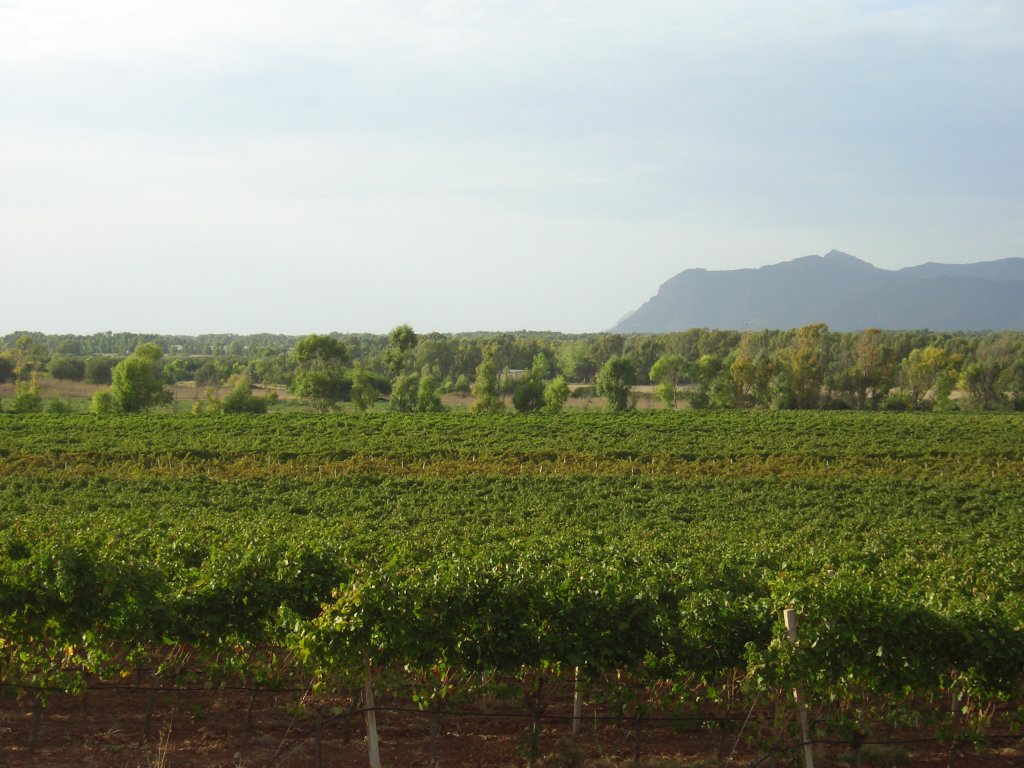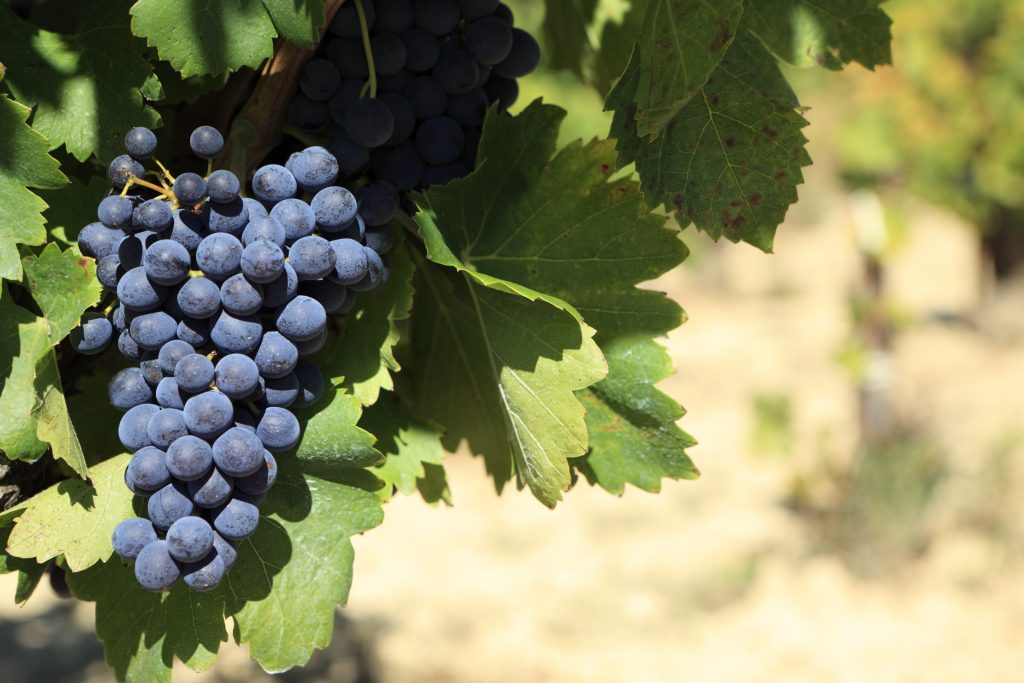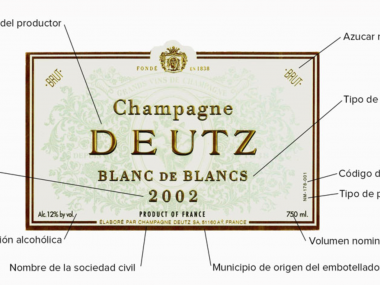Next 31st October is Cariñena Day and we want to tell you everything you need to know about this intense, productive red variety with a high tannin content.
Cariñena is one of the most emblematic Spanish grape varieties and the most cultivated in the world. Originally from the town of Cariñena in Aragón (Zaragoza), this type of grape can also be found in the Rioja denomination of origin, where it is known as mazuelo, and in Catalonia, where it is called samsó.

Characteristics of the Cariñena grape variety
Cariñena is a grape that is characterised by its high must yield, thanks to its large clusters and berries. Its grapes, dark blue in colour, have a high degree of pigmentation and a high sugar content, which translates into wines of intense colour and high alcohol content.
It is also a grape that provides power and acidity, with a high concentration of tannins. However, Cariñena wines are characterised both by their astringency and by their bitter and herbaceous notes.

The characteristics of Cariñena make it a perfect grape for a coupage, as it provides structure, intensity and texture.
This grape variety is usually blended with Cabernet Sauvignon, Garnacha, Merlot, Syrah and Tempranillo, resulting in intense, deep-coloured, full-bodied wines with high alcohol content.
Where can we find the Cariñena grape variety?
The Cariñena variety has spread to many corners of the planet, becoming the most widely planted grape. Its secret? Although it is sensitive to certain infections, such as powdery mildew, downy mildew and grape worms, it can grow perfectly well in poor soils and less than ideal conditions.
Although Cariñena can be found in various parts of the world, it is not always under the same name. Without going very far, in Spain it receives different names depending on where it is planted.

While in the Rioja Designation of Origin it is known as “mazuelo”, in Catalonia, whether in the Priorat, Montsant or Tarragona DOs, it is called “samsó”. In France, where it is widely grown, it is known as “carignan”.
It is also a grape that can be found in many other countries, from Italy, the USA, Chile and Mexico to South Africa and China.






